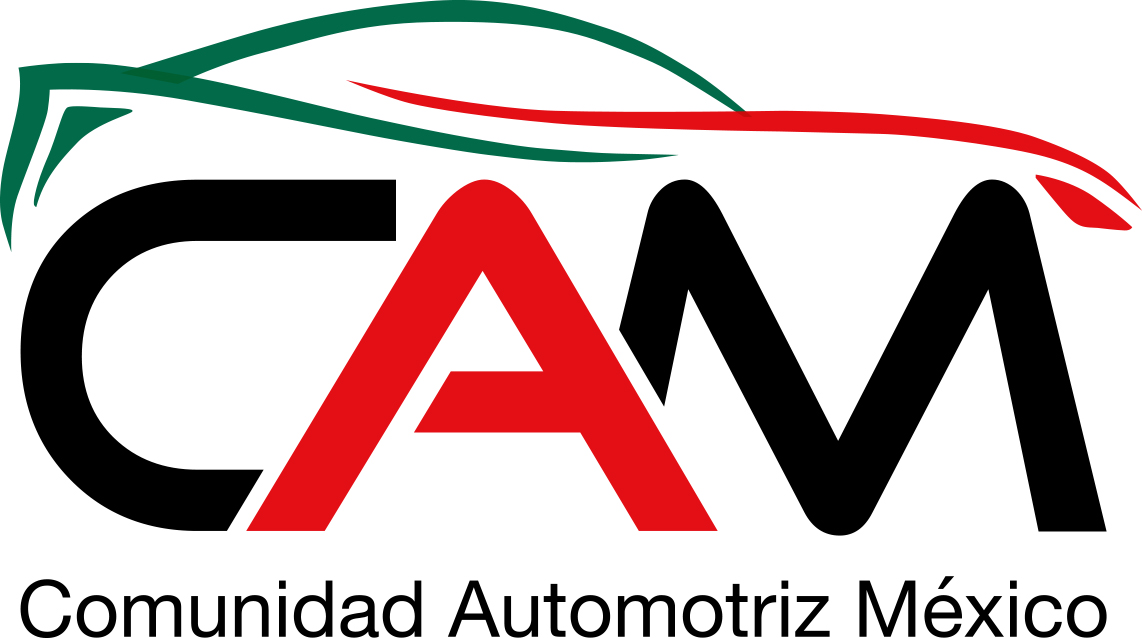Developing Android Apps
Android apps are bits of software that run on the Android operating system. They can be downloaded on Android tablets, phones and televisions. They’re excellent at using the touchscreen, camera and GPS features of the device. There are a lot of apps installed on an Android phone, however, can affect the battery’s life and performance.
Understanding the Android platform and its design principles is vital to developing Android applications. It also means creating an appropriate app architecture that is able to separate UI and OS-related code into components that share responsibility. The system is able to activate these components asynchronously by using broadcast mechanisms that are activated by desires.
Kotlin is gaining traction as a language that is used for Android development. Both are supported by Android SDK. A large developer community is available online to assist newcomers to the language and resolve issues.
The Android OS itself is divided into layers, with the app layer consisting of the default applications that come with the operating system, as well as proprietary apps that are bundled with a specific device such as the phone dialer or music player. The Android app layer also includes custom firmwares, like CyanogenMod and OMFGB which can be installed on specific devices to alter their functionality.
Compatibility is yet another factor that stops certain apps from working. If an application is created for the US but learn this here now isn’t compatible with your European device, it will not work and be displayed in the Play Store as “incompatible”.


Responses